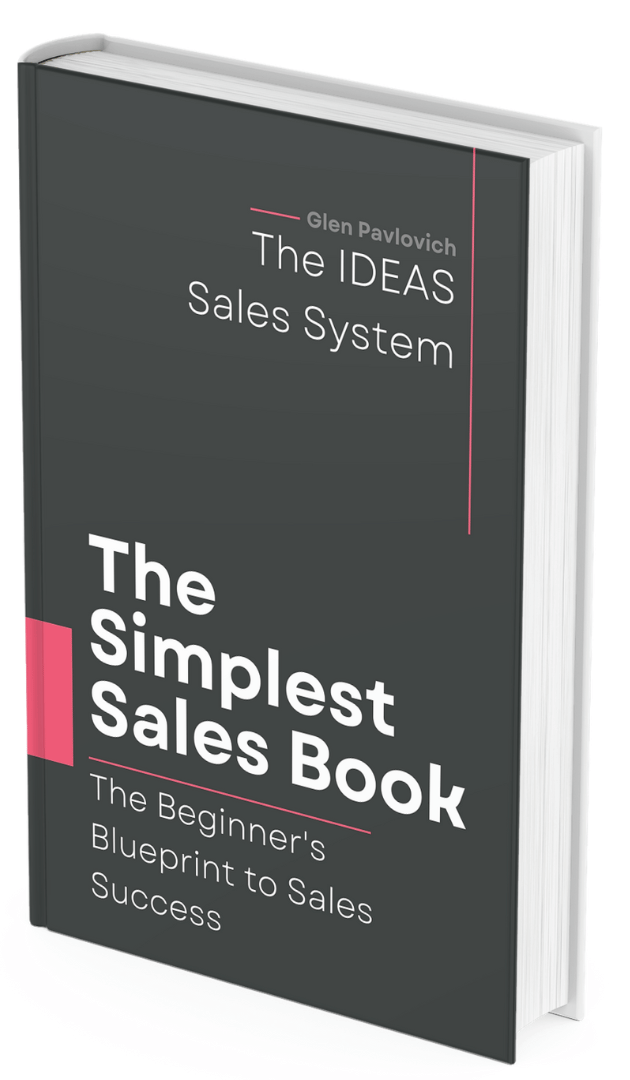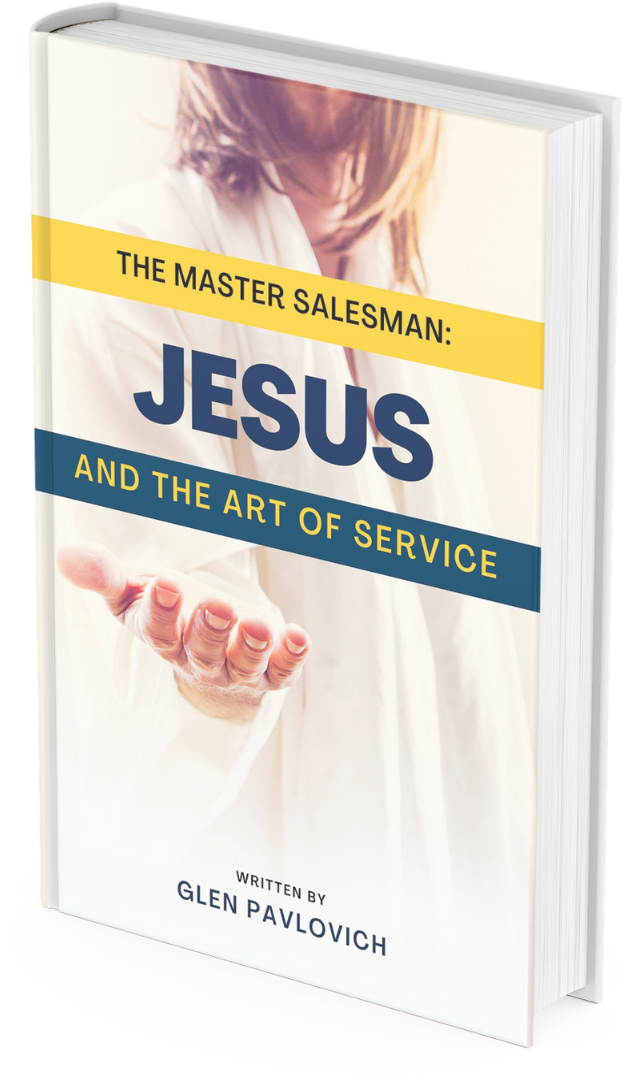In the world of sales, one of the most profound challenges is not just convincing a customer to buy but helping them believe in the product or service. This belief is not merely a marketing gimmick; it’s a deep connection between the customer’s needs and the solution being offered. The concept of helping customers believe is not new; it has roots in the teachings of Jesus and the art of service.
Understanding the Customer’s Needs
The first step in helping a customer believe is understanding their needs. This requires active listening, empathy, and a genuine interest in their concerns. It’s not about pushing a product but about identifying how the product or service can enhance their lives.
Building Trust Through Authenticity
Trust is the cornerstone of belief. Customers are more likely to believe in a product or service if they trust the person selling it. Authenticity, honesty, and integrity are key to building this trust. It’s about being real and transparent, not just a salesperson but a guide who genuinely wants to help.
The Power of Storytelling
Stories have the power to connect, inspire, and make complex ideas more relatable. Sharing stories that resonate with the customer’s experiences can create a powerful connection. It’s about painting a picture of how the product or service fits into their lives, making it more than just a purchase but a meaningful addition.
Aligning with Values
Customers are more likely to believe in a product or service that aligns with their values. Understanding what matters to them and how the product or service reflects those values can create a deeper connection. It’s about showing them that what you’re offering is not just a commodity but something that resonates with their beliefs and principles.
The Connection to Jesus and the Art of Service
The concept of helping customers believe is deeply rooted in the teachings of Jesus. His approach to service was not about imposing beliefs but about understanding, compassion, and guiding others to find their path. This approach to selling, inspired by Jesus’s teachings, is explored in depth in “The Master Salesman: Jesus and the Art of Service.” You can find the book here.
Practical Applications
- Personalized Approach: Tailor your sales pitch to the individual needs and values of the customer. Make it about them, not just the product.
- Provide Evidence: Share testimonials, reviews, or personal experiences that demonstrate the value of the product or service.
- Create an Experience: Allow the customer to experience the product or service, if possible. Let them see, feel, or understand how it fits into their lives.
- Follow Up: Stay in touch after the sale to ensure that the product or service is meeting their expectations. Show them that you care beyond the sale.
Conclusion: A Pathway to Transformation
Helping customers believe is not just a sales strategy; it’s a pathway to transformation. It’s about elevating the sales process from mere transactions to meaningful connections. It’s about recognizing the inherent value in others and seeking to enhance their lives through what you offer.
For those interested in delving deeper into this approach and transforming their sales journey, Closer Classes offers Training, Coaching, and Life Coaching. It’s an opportunity to learn from experts who have walked the path and can guide you in implementing these principles in your sales process.













